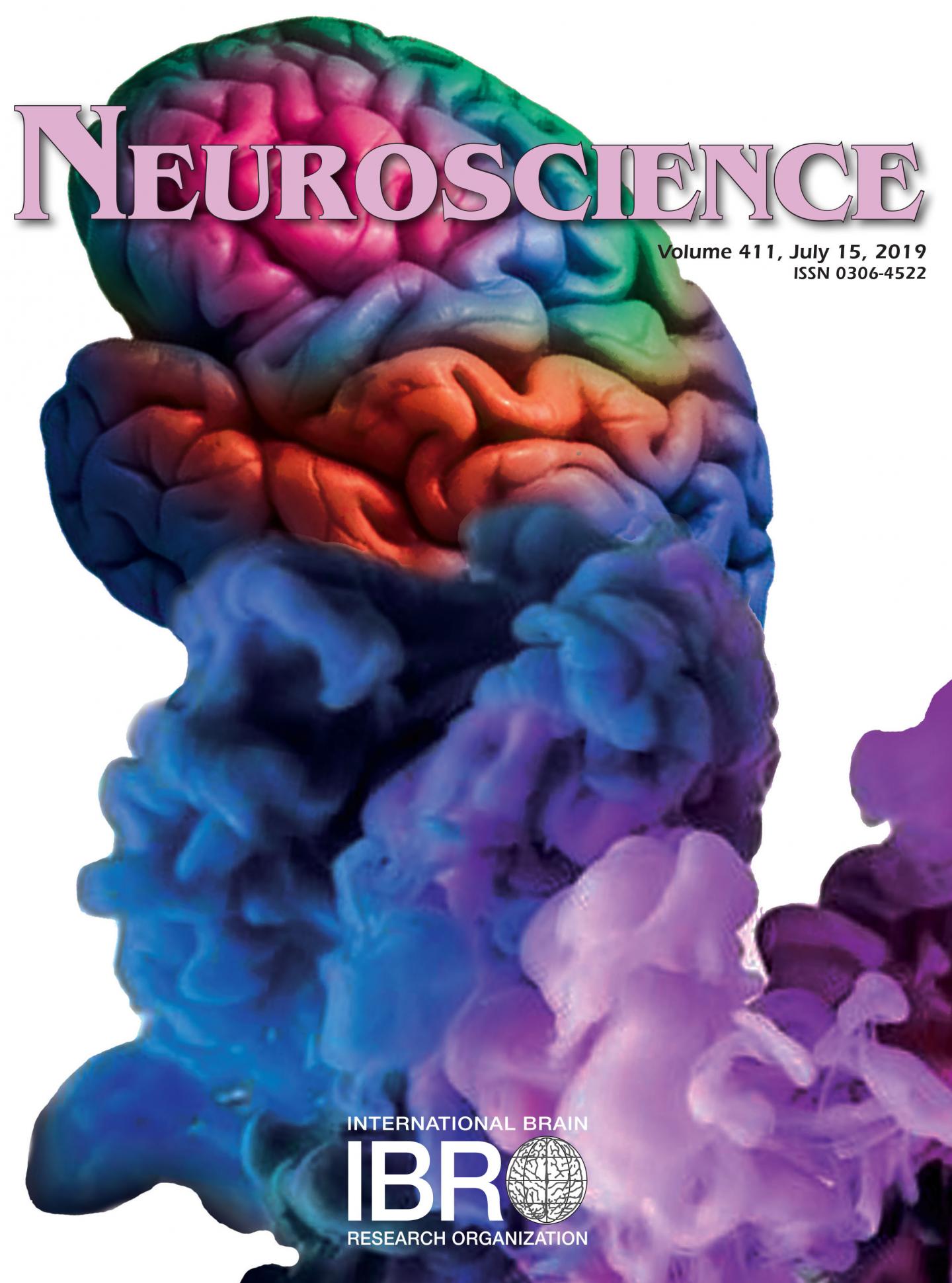
Credit: Journal of Neuoscience
Unique in its application of a mathematical model to understand how the brain transitions from consciousness to unconscious behavior, a study at The City College of New York’s Benjamin Levich Institute for Physico-Chemical Hydrodynamics may have just advanced neuroscience appreciably. The findings, surprisingly by physicists, suggest that the subliminal state is the most robust part of the conscious network and appear on the cover of the journal “Neuroscience.”
“It’s a big step forward in terms of analysis and investigation of the brain,” said City College PhD student Francesca Arese Lucini of the research, entitled “How the Brain Transitions from Conscious to Subliminal Perception,” that she led. “A lot of companies and startups are now focused on understanding more on how (people) work by focusing a lot of energy and money on investigating the brain. This study will probably interest those entrepreneurs or researchers that will focus on artificial intelligence and human computer interaction devices.”
Arese Lucini and a team of physicists analyzed functional MRI imaging of different subjects in order to obtain the corresponding brain activation. From the brain activation they obtained functional networks for the conscious state and compared this network to the subliminal state for each fMRI stream.
A reduction of the conscious network, by a k-core decomposition, left the k-core only, the maximal subgraph of nodes of the network with at least k neighbors. The k-core of the conscious state is reduced to three active regions of the brain, the fusiform gyrus (left and right) and the precentral gyrus. These regions are the only active in the subliminal state.
“This implies that the k-core decomposition model could help identify in mathematical term what is the subliminal state of the brain and according to such model, the subliminal state, is identified as the most robust part of the conscious network,” observed Arese Lucini. “We can then postulate that the nodes of the network which are involved in the process of conscious perception are built on top of the subliminal state which represents the core of the network.”
Highlighting the significance of the research, Hernán A. Makse, professor in CCNY’s Division of Science and a Fellow of the American Physical Society, pointed at its publication in a top neuroscience journal, a rarity for a paper by physicists.
###
Makse supervised the study whose other contributors were Levich Institute postdoc Gino Del Ferraro, and Mariano Sigman. The latter’s affiliations include the Universidad Torcuato Di Tella (Argentina) and Universidad Nebrija (Spain).
Media Contact
Jay Mwamba
[email protected]
Original Source
https:/
Related Journal Article
http://dx.




